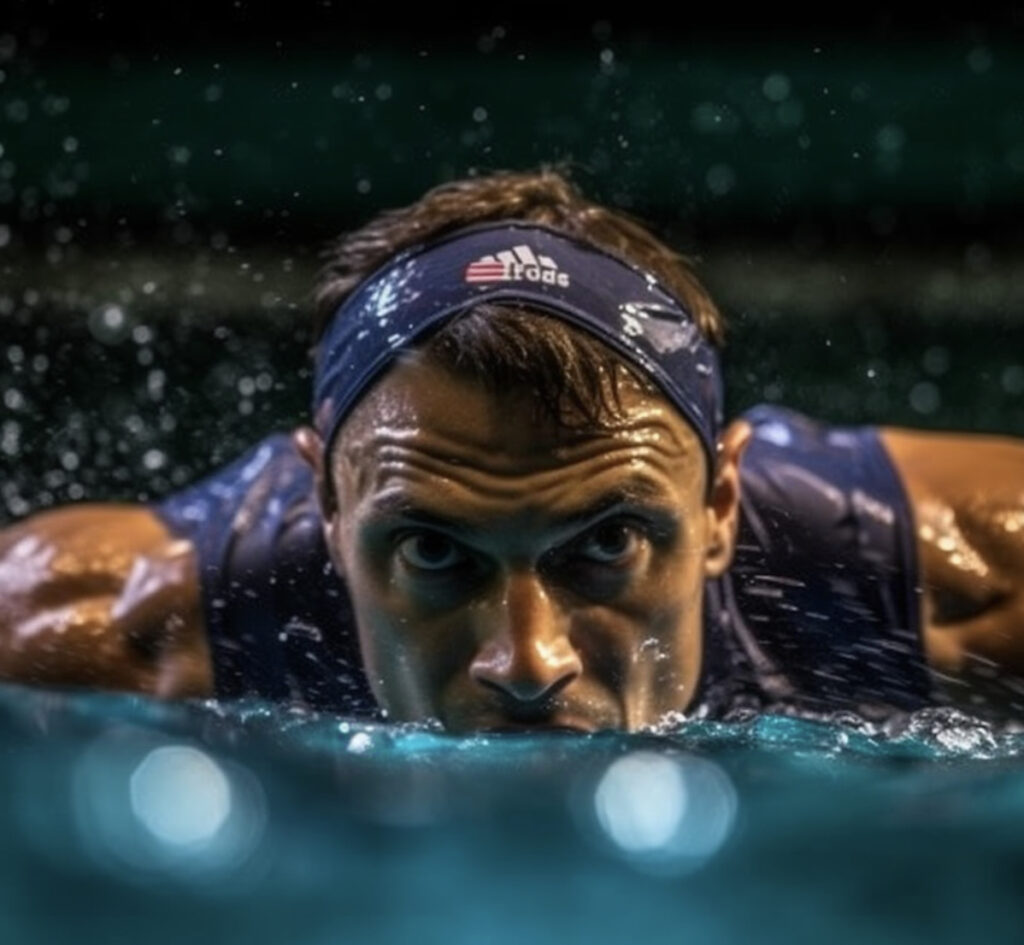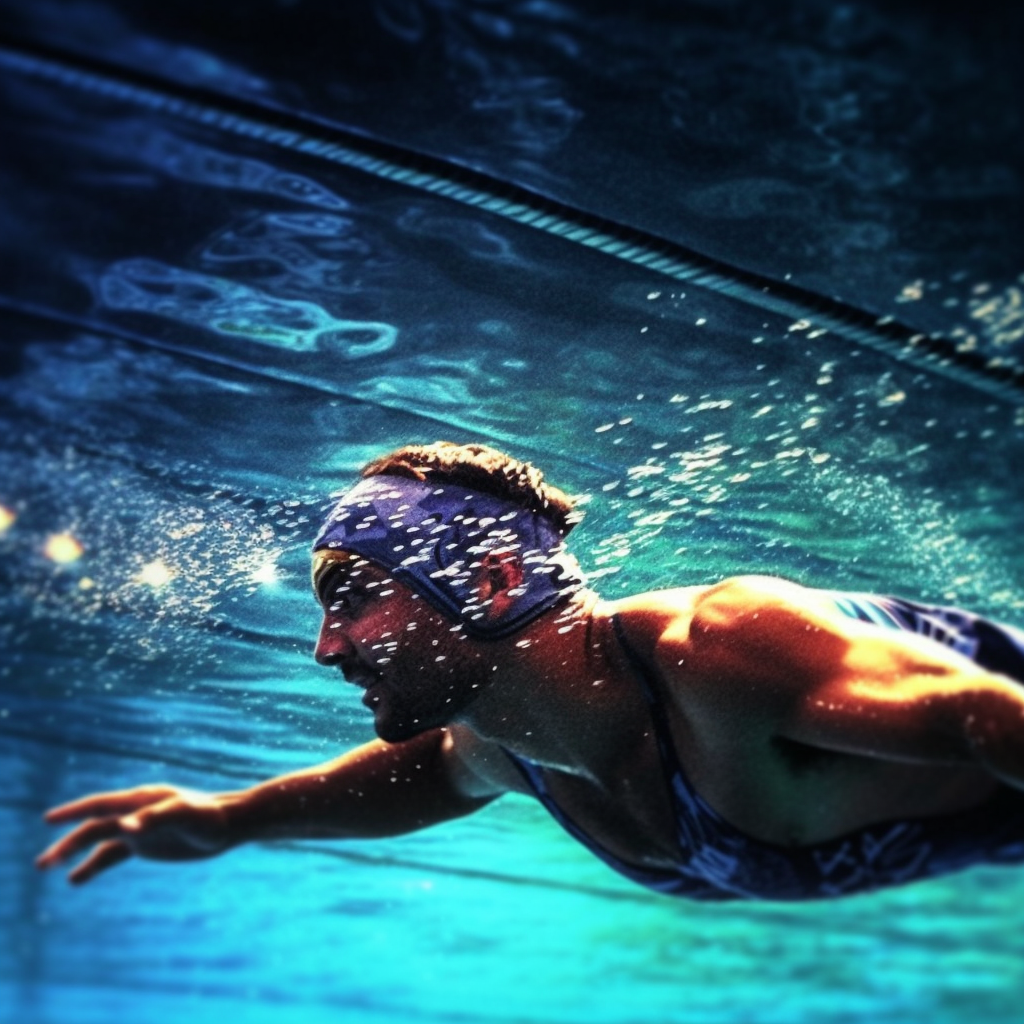Introduction:
As the adage goes, “Practice makes perfect.” However, achieving true mastery in any field requires more than just endless repetition. The cornerstone of excellence, often overlooked, is a deep-rooted belief in the significance and value of what you are doing. This article delves into the intricate relationship between routine practice and the power of belief, drawing references from various fields.
The Underlying Mechanics of Mastery:
- The Psychological Impetus: When you believe that what you are doing is the right thing, it changes the very fabric of your psychological makeup. Carol Dweck’s research on the “growth mindset” illustrates how belief can transform one’s approach to learning and improvement. Individuals who believe their abilities can be developed through dedication are more likely to embrace challenges, persevere through setbacks, and see effort as a pathway to mastery.
- Emotional Investment: Emotional investment is a potent driving force. Passion and interest in what you do help to maintain motivation, especially in the face of adversity. Psychologist Mihaly Csikszentmihalyi’s concept of ‘flow’ – a state of complete immersion and enjoyment in an activity – is much more achievable when one believes in the value of the activity.
- Cognitive Enhancement: Belief in what you are doing has the potential to enhance cognitive functions. Barbara Fredrickson’s Broaden-and-Build Theory proposes that positive emotions broaden the scope of attention and thought-action repertoires. When you believe in the importance of your work, you experience positive emotions, which in turn can lead to more innovative thinking and problem-solving.
Case Studies:

- The Michael Phelps Phenomenon: Olympic champion swimmer Michael Phelps exemplifies the combination of belief and routine practice. His coach, Bob Bowman, structured a training regimen that was physically grueling. However, Phelps’ unwavering belief in his potential and the importance of his goals allowed him to embrace the practice as not just a means to an end but as an integral part of his identity.
- The Mastery of Yo-Yo Ma: Celebrated cellist Yo-Yo Ma’s artistry is not just a result of thousands of hours of practice, but also a reflection of his deep belief in the power of music to communicate, heal, and bring people together. This conviction guided his practice routine and kept him driven throughout his career.
- The Wright Brothers’ Pursuit: Orville and Wilbur Wright, inventors of the airplane, faced countless failures. Nonetheless, their unwavering belief that human flight was possible fueled their persistence and willingness to learn from mistakes. Their practice routines and experiments were conducted with a sense of purpose that eventually led to the successful development of the first powered aircraft.
Conclusion:
It is indisputable that routine practice is critical for skill acquisition and refinement. However, the secret ingredient that catalyzes this process is the belief in the value and significance of what you are undertaking. The interplay between belief and practice opens up dimensions of perseverance, innovation, and emotional richness, which are indispensable in the journey towards mastery and success. Embracing this concept can be transformative, not only for individuals but also for societies as they cultivate the next generation of innovators, artists, and leaders.

